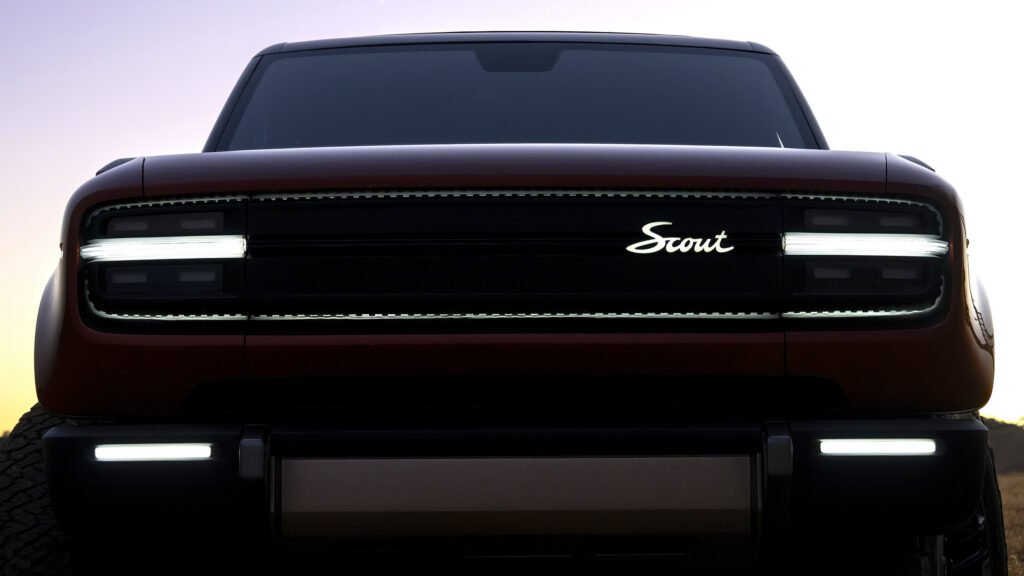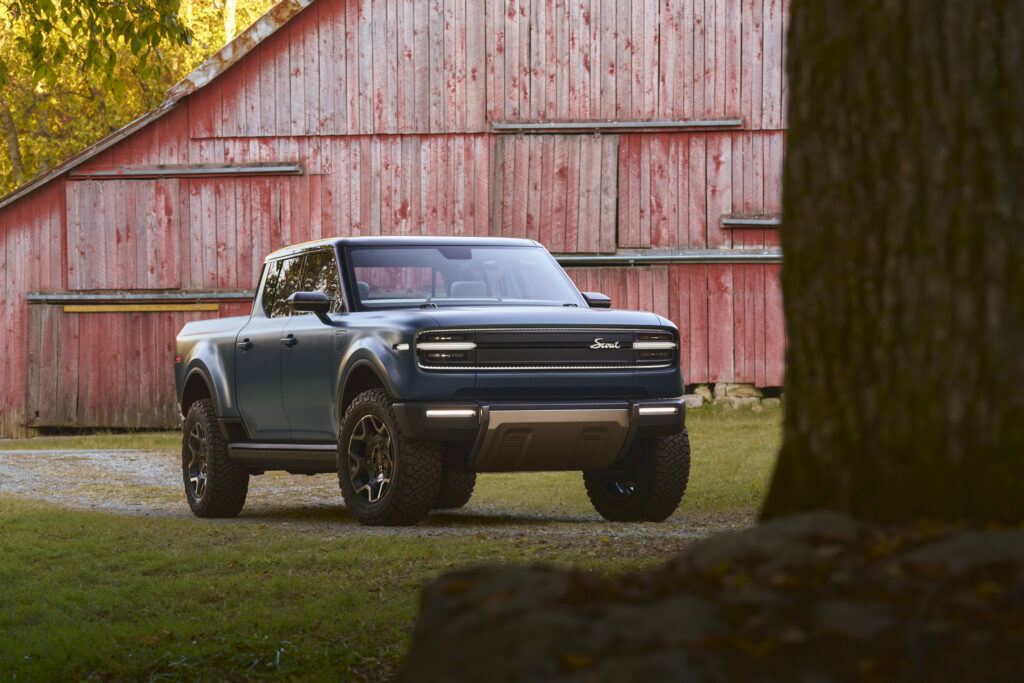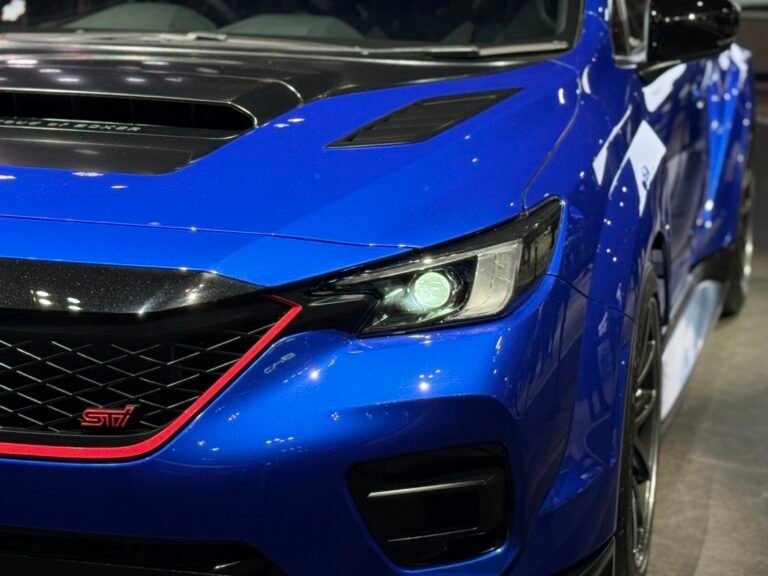

- Scout offers both battery-electric and range-extended variants.
- EREV models provide 500 miles using a generator and a battery.
- Production begins in 2027 at Scout’s new South Carolina factory.
Scout Motors’ upcoming Terra pickup and Traveler SUV aren’t in production yet, but the company already has a strong sense of who its buyers are. Interest is running high, and the early numbers hint at what might define the brand’s first chapter.
Read: Scout Is Scouting Laid Off Rivian Employees
According to CEO Scott Keogh, more than 80 percent of reservations are for the range-extended electric powertrain. As EV infrastructure aims to improve, EREV powertrains could prove supreme for the time being.
What Are Buyers Choosing?
“Look, the market has spoken,” Keogh told Bloomberg. “Over 80% of the reservations are for the range extender.”
That figure translates to at least 104,000 of the 130,000 customers who placed a reservation choosing the version that combines electric drive with a small gasoline engine functioning as a generator, suggesting that many Americans continue to favor long-distance flexibility over all-electric purity.

Both vehicles share a modular architecture capable of supporting either an all-electric powertrain or an EREV setup. The pure electric version will utilize a nickel-manganese-cobalt (NMC) battery with a capacity of approximately 120 kWh, offering an estimated range of 350 miles (563 km).
How the Systems Differ
The range-extended models, on the other hand, use a smaller lithium-iron-phosphate (LFP) pack with about half that capacity for roughly 150 miles (241 km) of battery-only driving.
When the charge runs low on the EREV, a small gas-powered on-board generator will kick in and provide power to the battery. As such, the EREV will offer around 500 miles of range.

Keogh hinted that Scout could prioritize the EREV at launch due to its high demand: “In general, in life, you like to meet the market… we would probably lean with the EREV, but nothing we’ve announced yet.”
Both versions will roll off the line at Scout’s new $2.3 billion factory in Blythewood, South Carolina, that’s set to begin production in late 2027. Interestingly, Keogh thinks EVs will still end up being the future.
“The world is still heading electric,” he said. “The technology is there, the innovation is there. We want to make sure Scout is prepared for the next 100 years. We’re not building a two-year brand.”
It will be worth watching how advances between now and 2027 shape Scout’s approach, and whether early demand for flexibility gives way to full electrification once the infrastructure finally keeps pace.



